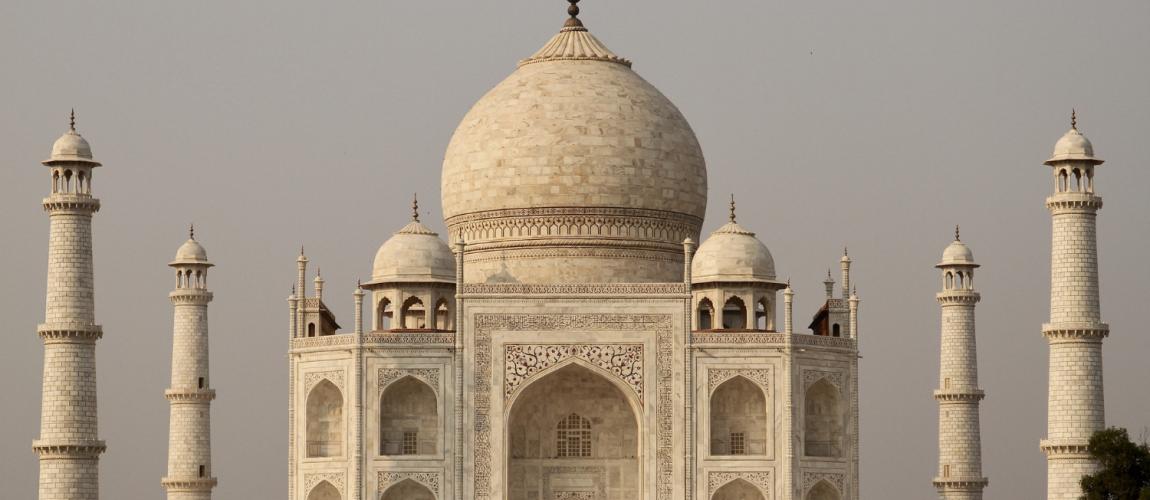Jal Mahal Palace in Jaipur, India

Photo Credit: Image by Freepik
On this page: Challenging Case: Jal Mahal Palace in Jaipur, India. Find more at the Municipal Public-Private Partnership Framework - Project Summaries section for brief summaries of around 100 projects from around the world, examples of successes and challenges, as well as innovative ideas on solutions, or visit the Guidelines to Implementing Asset Recycling Transactions Section Overview and Content Outline, or download Full Version of the Report.
Project Summary: Background Jaipur City is a tourist destination in India. It is home to the Jal Mahal or the Water Palace, a 200-year-old palace built in 1734. It is called the Water Palace due to its location in the middle of the Man Sagar Lake. The palace, made from red sandstone, is a five-story building, of which four floors are submerged underwater when the lake is full, exposing only the top floor. Around 800,000 tourists visit Jaipur City every year, of which 175,000 are foreign nationals. However, the Man Sagar Lake was in the midst of an ecological disaster. It had been reduced to a muddy swamp throughout much of the year, saturated with garbage and sewage from Jaipur’s two major drains. The Rajasthan Tourism Development Cooperation (RTDC) decided to enter into a PPP to restore the site to its former beauty. Project Structure In 2004, the RTDC issued a global tender of a project to restore the 432 acres Jal Mahal complex, including the Jal Mahal Palace and the Man Sagar Lake. Following the bid, the Jal Mahal Project was awarded to the KGK Consortium in the form of a 99-year lease contract for the development of 100 acres of land around the Jal Mahal, with a lease payment of INR 2.52 crore (USD 360,000) per annum. The contract included provisions for a 10 percent increase in the lease amount every three years over the contract term. The consortium would be responsible for financing all of the restoration work in exchange for the rights to build a private commercial development next to the lake. The project was structured into three phases. The first phase included the overhaul of the Man Sagar Lake and the Jal Mahal Palace; the second phase involved the construction of entertainment and retail facilities, to be opened in 2013; and the third phase included upgrading hotels, to be completed in 2014. The first phase entailed the restoration of the lake ecosystem through the creation of sewage treatment plants, diversion of city drains, de-silting and bioremediation of the lake, and reforestation of the surrounding hills. The lake restoration was funded by a dedicated fund which is replenished by an annual contribution, paid by the private partner in lieu of the development rights for the site. The consortium invested INR 20 crore (USD 2.8 million) for the lake restoration and INR 10 crore (USD 1.4 million) for the palace restoration. Lessons Learned The first phase of the project – renovation of the Jal Mahal Palace and restoration of the Man Sagar lake – successfully concluded in 2011. The palace is fully restored and the lake has been cleaned. However, the 99-year lease subsequently came into question due to political disagreements. The Rajasthan High Court ruled that the tender process in 2004 was fraudulent, unconstitutional, and a violation of public trust. The court reasoned that: (i) the value of the lease payments is well below the true value of the land, which is supposed to be worth INR 10,000 crore (USD 1.4 billion); and (ii) the plan to increase the hotel capacity from 200 to 435 rooms did not follow required procedures. This led to the closure of the Jal Mahal Palace to the public before the private developer could start the second and the third phases of the project. One of the significant challenges of a PPP project is political risk, which can threaten the project’s long-term viability. To mitigate political risk, a PPP project must have a strong justification and robust communication with all stakeholders to assure their buy-in. Rigid adherence to all applicable laws and regulations in the development and award of a PPP, including those related to PPP, procurement and land and natural resource rights, is also essential.1 Footnote 1: Source(s) accessed on February 16, 2019 https://jaipur. org/2016/08/03/futureplans- for-jal-mahal/ https://www. outlookindia.com/ magazine/story/a-jewelfinds- its-water/272097
This is a new section of the PPPLRC website and is currently in draft form. Your feedback is welcome: If you would like to comment on the content of this section of the website or if you have suggestions for links or materials that could be included please contact us at ppp@worldbank.org.
To find more, visit the The Municipal Public-Private Partnership Framework - Project Summaries section, the Guidelines to Implementing Asset Recycling Transactions Section Overview and Content Outline, or download Full Version of the Report.
Updated: March 9, 2024